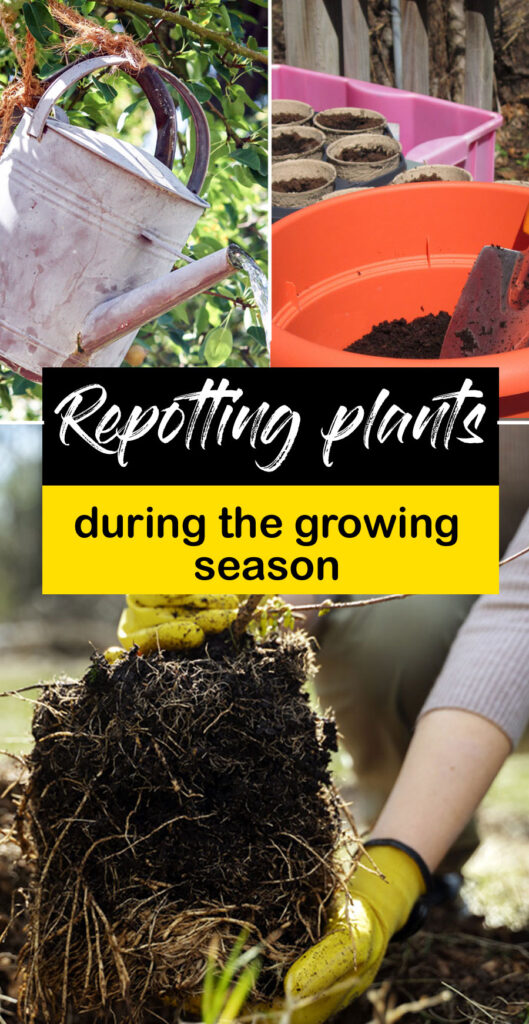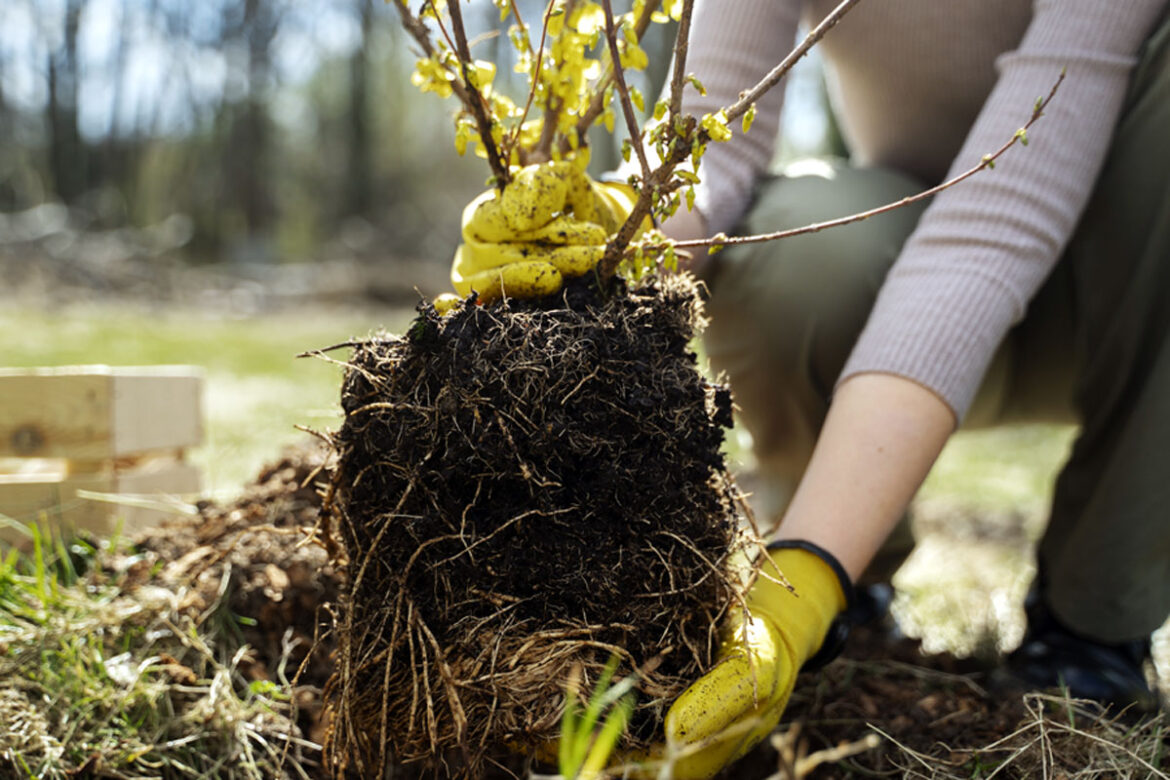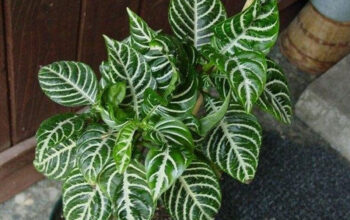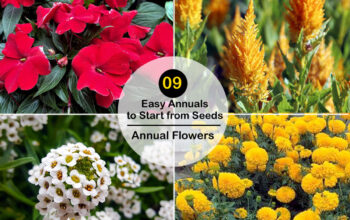How to Repot plants
The process of repotting does not always involve changing the planter, but rather altering the soil or mix in which the plant is planted. It is important to remember that fresh soil means refreshed nutrients. To maintain their health, houseplants need to be replanted periodically. It is generally recommended that plants be repotted every 12 to 18 months, depending on how vigorously they are growing. A slow grower, such as a cactus, can stay in the same pot for years, but it will just need to be replenished with soil every few years. It is usually best to repot your plants during the growing season, which is mid-spring to late summer. You will get the most out of extra space and nutrients during this time since your plants are active during this time!
Repotting plants during the growing season
Plastic pots combined with peat-based compost are the preferred way to repot your plants. There are several facets to consider here, including the plant’s requirements. To prevent the clay pot from drawing water out of the compost, soak it for a day before using it.
You can get pots in all sorts of sizes, but usually, you will only need four or five. Generally, the sizes are 6 cm, 8 cm, 13 cm, 18 cm, and 25 cm. It is always wise to leave sufficient space between the pot edge and the compost surface, as this is where you will be watering. Plants in larger pots demand more water because they are larger, so the amount of water should increase with the pot size.
Top-dressing the compost is essential when you can’t repot one of your houseplants in a large pot. This means you need to remove the top one to one and a half inches (2.5-4 cm) of old compost and substitute it with new compost. Leaving a gap between the top of the compost and the rim of the pot will permit water to efficiently reach the plant’s roots, ensuring that the roots are not damaged.
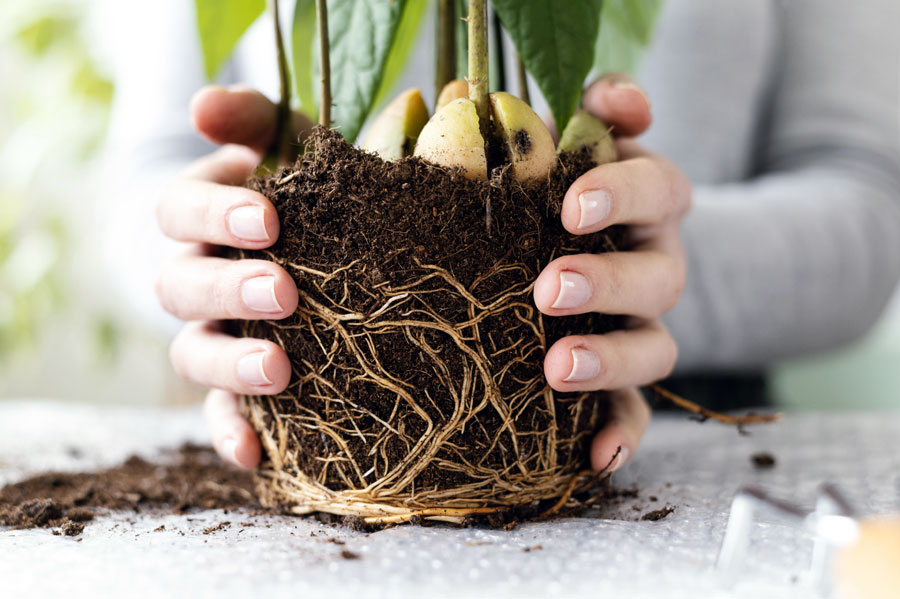
Steps Involved in Repotting Houseplants
If you follow these houseplant repotting guidelines, repotting a houseplant shouldn’t be a challenge:
Extract the plant from its current planter or grow pot:
Plants should be twisted sideways, carried gently by their stems or leaves, and tapped gently on the base of their current vessels until they slide out. The base of the stems may require a little tugging with a couple of gentle tugs.
Loosening the roots
By gently loosening its roots, you can make the plant more manageable to handle. Pruning off threadlike roots that are too long if necessary; however, leave the denser roots at the base of the foliage. A root-bound plant is one with very tight roots growing around its base. You will need to untie and trim these roots as much as you can.
Removing the old potting mix:
Get rid of a third or more of the old potting mixture wrapping the roots of the plant. In time, your plant will have extracted some or all of the nutrients from its current mix, so make sure you provide it with new soil or potting mix.
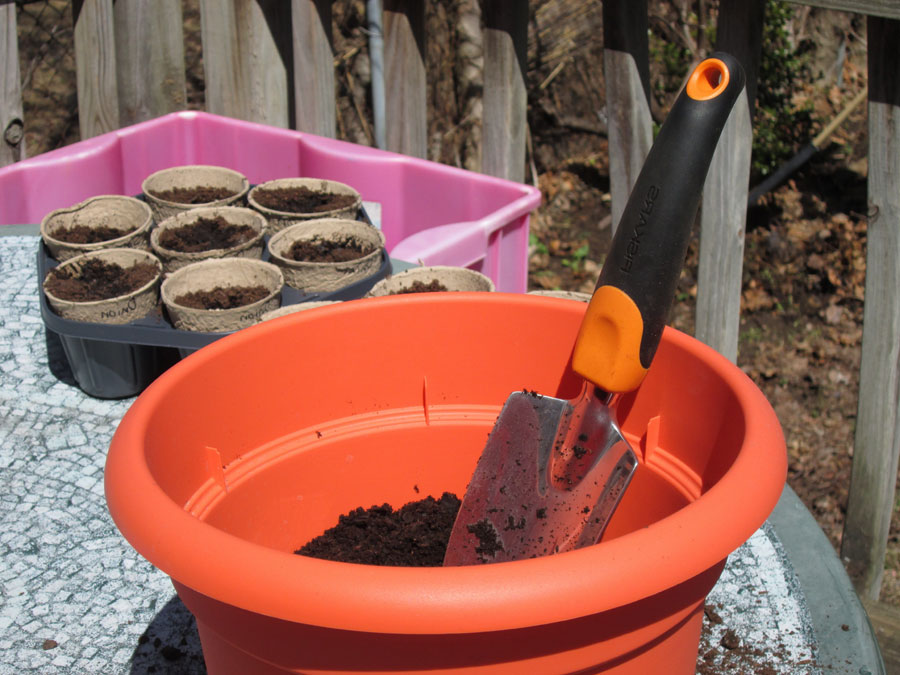
Adding new potting mix:
Put some fresh potting soil in the empty planter and load it down, making sure there are no air pockets. You can layer lava rocks or identical materials (such as rocks, gravel, or pebbles) in the base of your planter if it lacks a drainage hole. Water should be able to pool in gaps and be diverted away from your roots as a result of this technique.
Adding your plant:
After you have placed your plant in the planter, make sure it is centered over the fresh layer of mix. Add additional potting mix about the plant until it is secure. You want to make sure the roots have breathing room in the planter: don’t fill it up too much with soil.
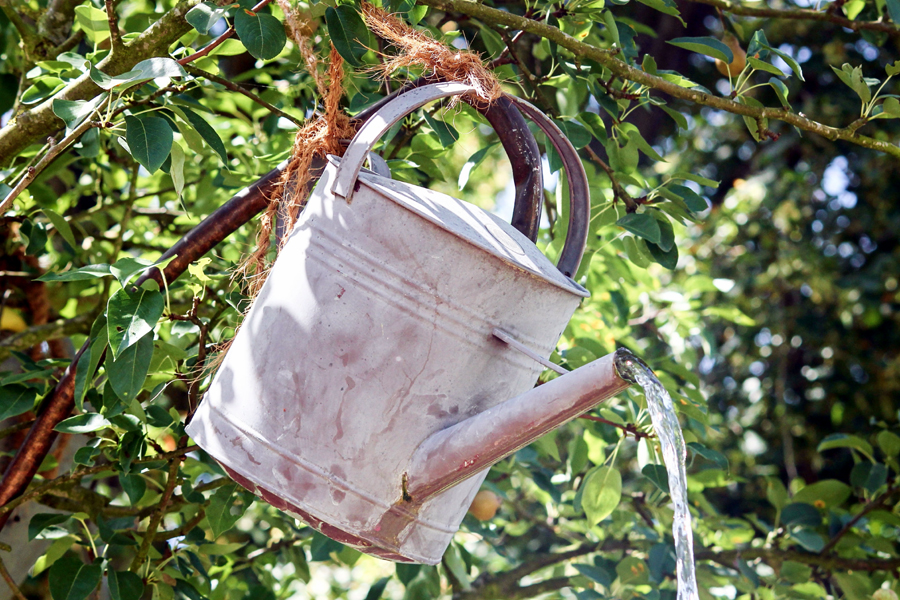
Watering the repotted plant:
Sprinkle potting soil over the top and water thoroughly. Whenever possible, drain excess water and place the pot in an appealing outer container. It won’t be necessary to water this plant again until the compost has dried out a little bit. The plant needs to be fertilized less often after it has been repotted.
Read also:
How to Care Ficus Houseplants in Winter. Growing Dieffenbachia houseplants indoors. 09 Strange plants you don’t know. 9 Best Feng Shui Plants for your good fortune. Houseplants you can totally neglect. Growing African violets Houseplant. trimming trees and houseplants. 7 indoor plants that greenery around you.
For pin:
